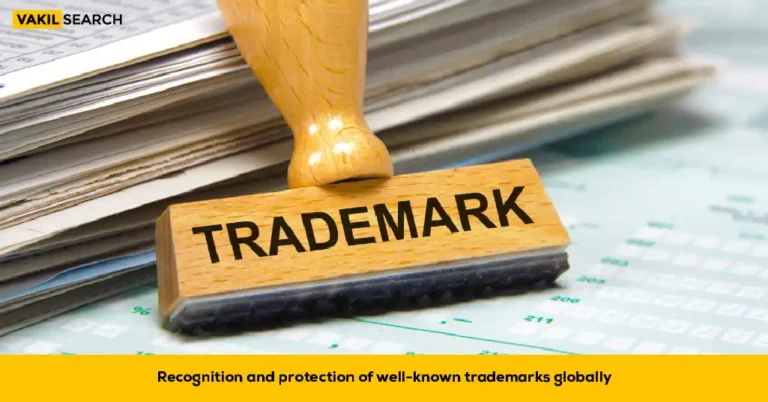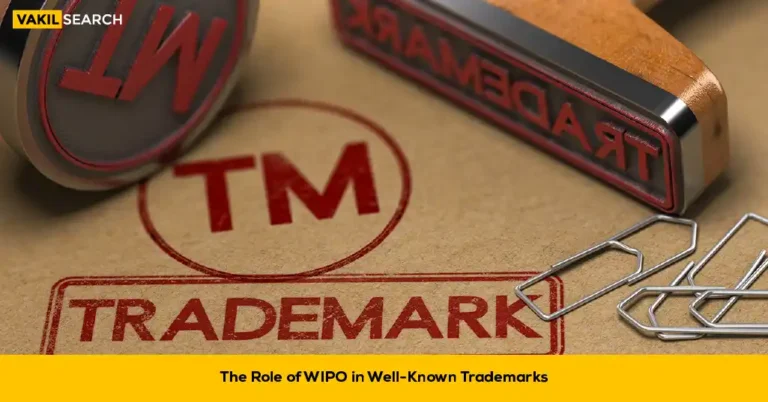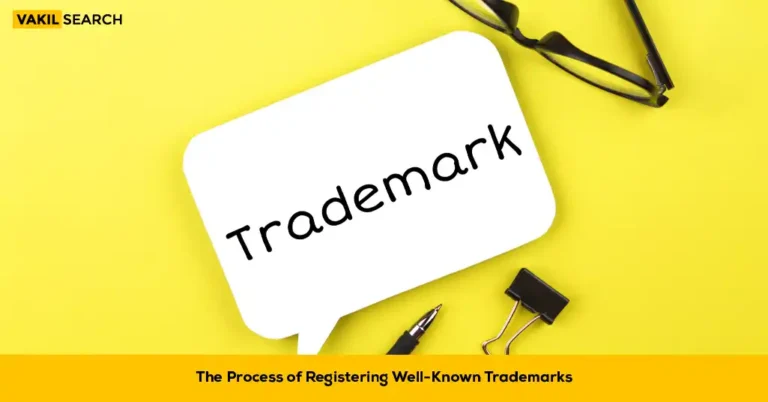Delve into the impact and essential elements of trademark infringement. Explore its repercussions on brand reputation, available legal remedies, and effective enforcement strategies.
The Trademark infringement is a serious issue that can have significant repercussions for businesses and individuals alike. Infringement occurs when a party uses a trademark that is identical or confusingly similar to another party’s registered trademark without authorization. This article delves into the impact of the trademark infringement and the essential elements that constitute infringement under intellectual property law.
Impact of The Trademark Infringement:
The Trademark infringement can have wide-ranging consequences for both trademark owners and infringers. Understanding the impact is crucial for safeguarding intellectual property rights and maintaining brand integrity.
-
Reputation Damage:
- When another party uses a trademark without permission, it can lead to confusion among consumers about the source or quality of products or services.
- This confusion can tarnish the reputation of the original trademark owner if the infringing products or services are of inferior quality or do not meet consumer expectations.
-
Loss of Revenue:
- Infringement can result in lost sales and revenue for the rightful trademark owner as consumers may choose the infringing products or services unknowingly.
- Competing products or services bearing a similar trademark can divert customers away from the original brand, impacting sales and market share.
-
Legal Costs:
- The Trademark infringement disputes often lead to costly legal battles, including litigation fees, attorney costs, and court expenses.
- Resolving infringement cases through legal channels can be time-consuming and resource-intensive for both parties involved.
-
Dilution of Brand Value:
- Infringement dilutes the distinctiveness and value of a trademark by allowing others to capitalize on the goodwill associated with the brand.
- Over time, widespread unauthorized use of a trademark can weaken its uniqueness and diminish its ability to serve as a strong identifier of the source of goods or services.
Examples of The Trademark Infringement:
- McDonald’s vs. Burger King: In 1996, Burger King released a new sandwich called the “Big King,” which closely resembled McDonald’s iconic “Big Mac.” McDonald’s sued Burger King for The trademark infringement, alleging that the Big King’s name and appearance were intentionally similar to the Big Mac to confuse consumers. The case was settled out of court, with Burger King modifying the Big King’s name and recipe.
- Louis Vuitton vs. Warner Bros: In the movie “The Hangover Part II,” a character is seen carrying a bag that closely resembles Louis Vuitton’s trademarked “Toile Monogram” design. Louis Vuitton filed a lawsuit against Warner Bros. for The trademark infringement, claiming that the bag’s design was a counterfeit of their protected pattern. The parties settled the dispute out of court, and Warner Bros. agreed to alter the scene in future releases.
- Nike vs. Skechers: Nike filed multiple lawsuits against Skechers for the trademark infringement related to Skechers’ allegedly imitative shoe designs. In one case, Nike claimed that Skechers’ “Skech-Air” shoes infringed on Nike’s patented air-cushioned sole technology used in its “Air Max” shoes. The parties settled some cases, while others are ongoing, highlighting the ongoing battle between major footwear brands over design and technology.
- Apple vs. Samsung: In a highly publicized legal battle, Apple accused Samsung of copying the design and functionality of its iPhone and iPad devices in Samsung’s Galaxy smartphones and tablets. Apple alleged the trademark infringement, trade dress infringement, and patent infringement, seeking significant damages and injunctive relief. The case resulted in a series of lawsuits and countersuits worldwide, with both companies ultimately reaching a settlement in 2018.
- Harley-Davidson vs. SunFrog: Harley-Davidson, the iconic motorcycle manufacturer, filed a lawsuit against SunFrog, an online marketplace for custom apparel, for selling counterfeit merchandise featuring Harley-Davidson’s trademarks without authorization. SunFrog was accused of facilitating the trademark infringement by allowing third-party sellers to create and sell infringing products. The case underscored the importance of monitoring and enforcing trademark rights in the digital marketplace.
Essential Elements of The Trademark Infringement:
The Trademark infringement cases hinge on specific elements that must be established to prove unlawful use of a trademark. These elements provide the legal framework for determining infringement and seeking remedies under intellectual property law.
-
Similarity of Marks:
- The first essential element is the similarity between the allegedly infringing trademark and the registered trademark. Courts assess factors such as visual, phonetic, and conceptual similarities to determine if confusion is likely among consumers.
-
Likelihood of Confusion:
- The Trademark infringement requires a likelihood of confusion among consumers regarding the source or origin of goods or services.
- Factors considered in assessing confusion include the strength of the registered trademark, the similarity of products or services, and the channels of trade.
-
Use in Commerce:
- Infringement typically involves the unauthorized use of a trademark in commerce, such as on products, packaging, advertising materials, or in connection with services.
- Use of a trademark in a manner that is likely to cause confusion constitutes infringement, regardless of whether the use is for profit or not.
-
Priority of Rights:
- Priority refers to the established rights of the original trademark owner based on the date of registration or first use in commerce.
- In trademark disputes, priority of rights may determine which party has superior rights to the trademark and is entitled to protection under the law.
-
Intent to Confuse or Mislead:
- While intent is not always necessary to establish infringement, evidence of intentional use of a trademark to deceive or mislead consumers can strengthen a case against an infringer.
- Malicious intent to capitalize on the reputation or goodwill of another’s trademark may warrant additional legal remedies or punitive damages.
Conclusion:
The Trademark infringement poses significant challenges and risks for businesses and individuals, ranging from reputational damage and loss of revenue to costly legal battles. Understanding the impact and essential elements of The trademark infringement is crucial for protecting intellectual property rights and preserving brand integrity.
By identifying instances of infringement and taking appropriate legal action, trademark owners can safeguard their trademarks and uphold their exclusive rights in the marketplace.










